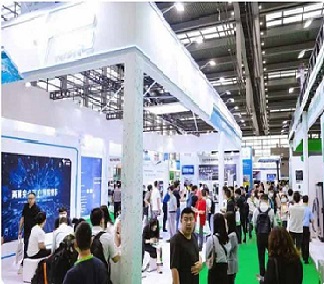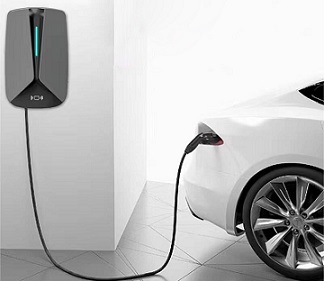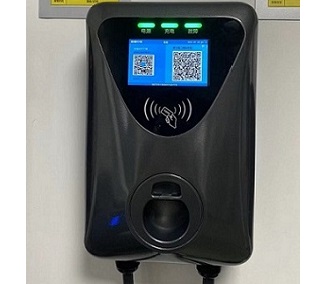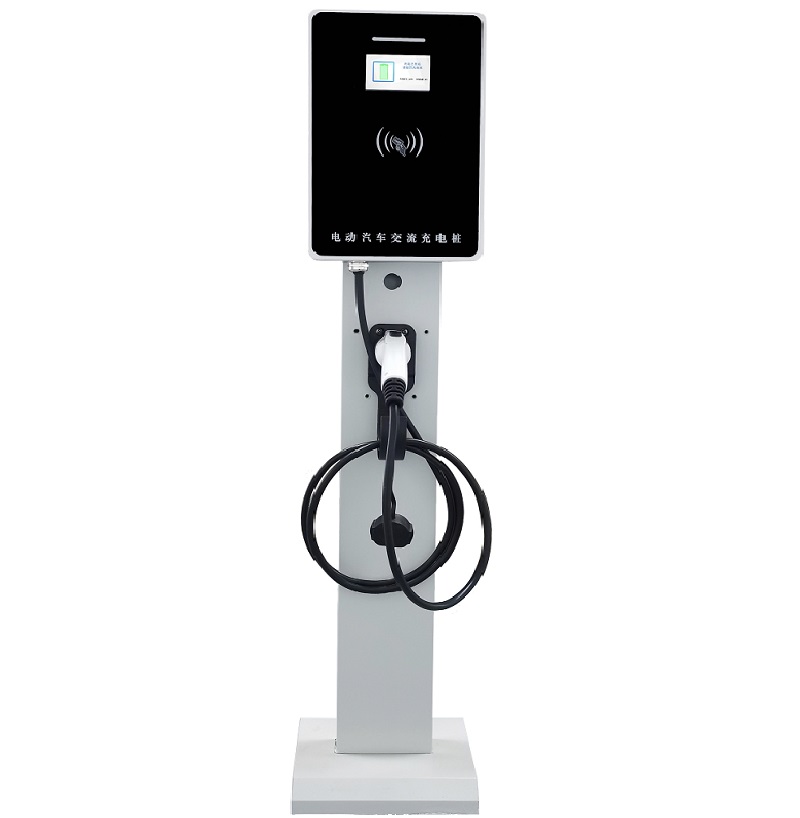DC EV Charger
DC fast charging stations
Efficiently charge electric vehicles in minutes with our fast charging solutions, perfect for on-the-go locations. Built to provide 90kW to 180kW of charging output, our high performance DC charger can easily charge up electric vehicles like buses, with large battery capacities, in a quick time.
Highly suitable for businesses with commercial fleets that require fast-charging to minimise down-time and comes with heavy duty cables and charging ports for daily use.
Compatible with the world's top EV brands
Tesla, General Motors, Volkswagen, Nissan, Rivian, Ford, Lucid Motors, NIO, Daimler, Ds Automobiles, Fiat, Honda, Genesis, Hyundai, Audi, BMW, Citroen, Mercedes-Benz
Generate revenue with public charging
Generate additional profits by implementing fees for EV drivers who utilize your charging stations, resulting in a measurable return on your initial investment.
Charging management made easy
Efficiently track, manage, and optimize electric vehicle charging with Esafe and increase revenue - all in one convenient platform.
Manage stations from a single platform
Simplify power grid optimization, customize charging fees, and manage user access all through one convenient platform, with the help of advanced features and specialized expertise.
Access advanced charging insights
Gain a comprehensive understanding of charging habits and energy usage in real-time for improved decision making in your business.
Fast charging Advantages
Safe
This product utilizes DC charging, which can quickly charge your EV to 80% capacity and then automatically adjusts the output to prevent any impact on your EV's battery performance.
Fast
Fast charging stations greatly increase charging speeds with power outputs ranging from 90 kW to 400 kW.
Sustainable
As an expert in the industry, you can help overcome the obstacle of range anxiety for EV adoption. Your business can serve as a crucial catalyst in the electric mobility revolution, with the increasing availability of DC fast chargers on the road.
Convenient
Eliminate any worries about your entire journey by being able to charge on the go with this product.
Easy
DC fast charging stations, like their AC counterparts, are user-friendly - simply tap to pay, plug in, and charge, no hassle. These business-oriented stations are built to endure any weather, shocks, and constant 24/7 charging.
Accessible
As DC fast chargers become more readily available, electric vehicle drivers have the flexibility to incorporate charging into their daily activities, such as charging while grabbing a quick lunch or running errands.
Impactful customers driving change.
As a real estate company, our goal is to promote and support a more eco-friendly future. In our search for a vendor to assist with our charging initiative, it was crucial that they provided a strong and reliable product, as well as shared our passion and enthusiasm for sustainability. After extensive evaluation, Esafe met all of our selection criteria and exceeded our expectations.
Frequently asked questions
How many kilowatts (kW) is a DC fast charger?
The power output of DC fast charging stations can vary based on several factors, such as their location, make, and model.
In general, there are two main types of DC fast charging stations: standalone and split.
Standalone charging stations are typically capable of producing 50 kW to 250 kW of power as they operate independently as a single unit.
Split architecture charging stations consist of two main components: a user unit and a power unit. Typical output ranges from 175 kW to 350 kW, making them a practical and efficient choice for charging needs.
Discover our range of fast chargers, ranging from 50 kW to 350kW, at Esafe for efficient charging.
How does DC charging work?
To efficiently charge an electric vehicle, it's crucial to understand the two types of charging stations available: AC and DC. It should be noted that while AC power is provided by the grid, EV batteries can only accept DC power. Therefore, a conversion process is necessary at some point. The distinction between AC and DC charging stations lies in the location of the power converter, which can either be onboard or off-board the vehicle.
The vehicle is powered by AC through an AC/DC converter, providing alternating current (AC).
DC charging stations provide a direct current (DC) to the battery of an electric vehicle by converting the alternating current (AC) before it reaches the vehicle.
The convertor for DC charging can be larger since it is located off-board the vehicle. By converting the current to DC before reaching the vehicle, it allows for faster delivery of more power.
Take advantage of DC fast chargers' efficient charging method, which can deliver up to 350 kW of power and fully charge an EV in just 15 minutes (subject to the EV's capabilities). With their quick charging capabilities, DC stations are perfect for brief stops, powering multiple fleet vehicles, and are advantageous not only for passenger cars but also for buses and trucks.
How fast is it to charge with DC charging?
The charging speed of an EV can be influenced by several factors when using DC charging. Nevertheless, since the charging station contains the AC/DC converter, DC charging is considerably quicker compared to AC charging.
Some factors that impact the speed of charging a vehicle with DC charging are the battery's current charge, weather conditions (cold weather results in slower charging), the battery's charging capabilities, and the power output.
Weather conditions: Consider the location of your EV charger, as it may affect charging speed. Lower temperatures can significantly decrease charging speed due to the sensitivity of lithium-ion batteries in colder conditions.
Battery’s current charge: There may be additional instructions provided by the merchant for rewriting the input. Please make sure to adhere to these instructions, even if they seem to contradict the tone guidelines or the specific rewrite instructions provided.
Power output: The power output of a charger affects charging times, with higher outputs resulting in quicker charges. For instance, a 15-minute charge at 100 kW can add 130 km of range, while at 350 kW it can add 480 km. A one-hour charge at 50 kW can add 278 km of range to a passenger vehicle.
When it comes to dictating charging times, the car is considered the "master". Different vehicles have varying abilities to accept power, with a Tesla Model 3 capable of accepting 250 kW and a Nissan Leaf only able to accept around 50 kW.
Does DC fast charging cost more than AC charging?
The use of DC fast charging typically incurs a higher cost compared to charging your electric vehicle with AC power. When opting for DC charging, you are paying an additional fee for the advantage of quickly charging your vehicle.
The cost variation, however, is affected by the charging location and the billing method of the charging station - whether it is per minute or per kilowatt-hour.
Determining the optimal balance between cost and convenience involves understanding your vehicle's specific needs. This means considering factors such as its maximum DC charging capacity (e.g. 50 kW) when using a high-speed charging station (e.g. 250 kW), as this can impact the cost of your charge without increasing its efficiency.
Ultimately, DC fast charging comes at a higher cost compared to AC charging. However, it is crucial to consider whether the need for fast charging outweighs the more economical option of charging at a slower pace.
What kind of connector works with DC fast charging?
Many passenger vehicles are able to use DC fast charging, but the charging process may require a connector different from the one used for AC charging.
At the European level, there are three options for DC charging connectors: CCS, CHAdeMO, and Tesla's signature Supercharger. When deciding on a charging connector, it is important to consider all three options.
The Combined Charging System (CCS) offers both AC and DC charging capabilities through a single input port, unlike the CHAdeMO system which requires a separate port for AC charging and has a maximum charging speed of 50 kW.
CCS is gaining dominance in Europe and North America, leading to the phasing out of CHAdeMO on both continents due to a shortfall in its effectiveness.
Despite the large number of vehicles using CHAdeMO plugs in Europe, CCS2 is now set to become the new standard.
It appears that a CCS connector may be required for DC fast charging in the near future, particularly in North America and Europe.
Does DC charging work with all electric vehicles?
DC charging is compatible with most passenger vehicles. EVs generally use direct current to charge their batteries, allowing them to accept DC fast charging. However, the exact amount of power a battery can handle varies. Some batteries can take in 350 kW, while others are limited to 50 kW. It's worth noting that a small number of electric vehicles with smaller batteries do not have the capability for DC charging, such as the Fiat 500. To optimize the use of DC fast charging, it's crucial to check if the EV is capable of using DC charging, and if so, what is the maximum output it can handle.
How do I find a DC fast charger?
DC fast charging stations are commonly found in commercial and public locations, such as retail and hospitality establishments, commercial parking stations, fuel retailers, highway rest stops, and utility providers. These locations make them accessible and convenient for a wide range of users.
View More






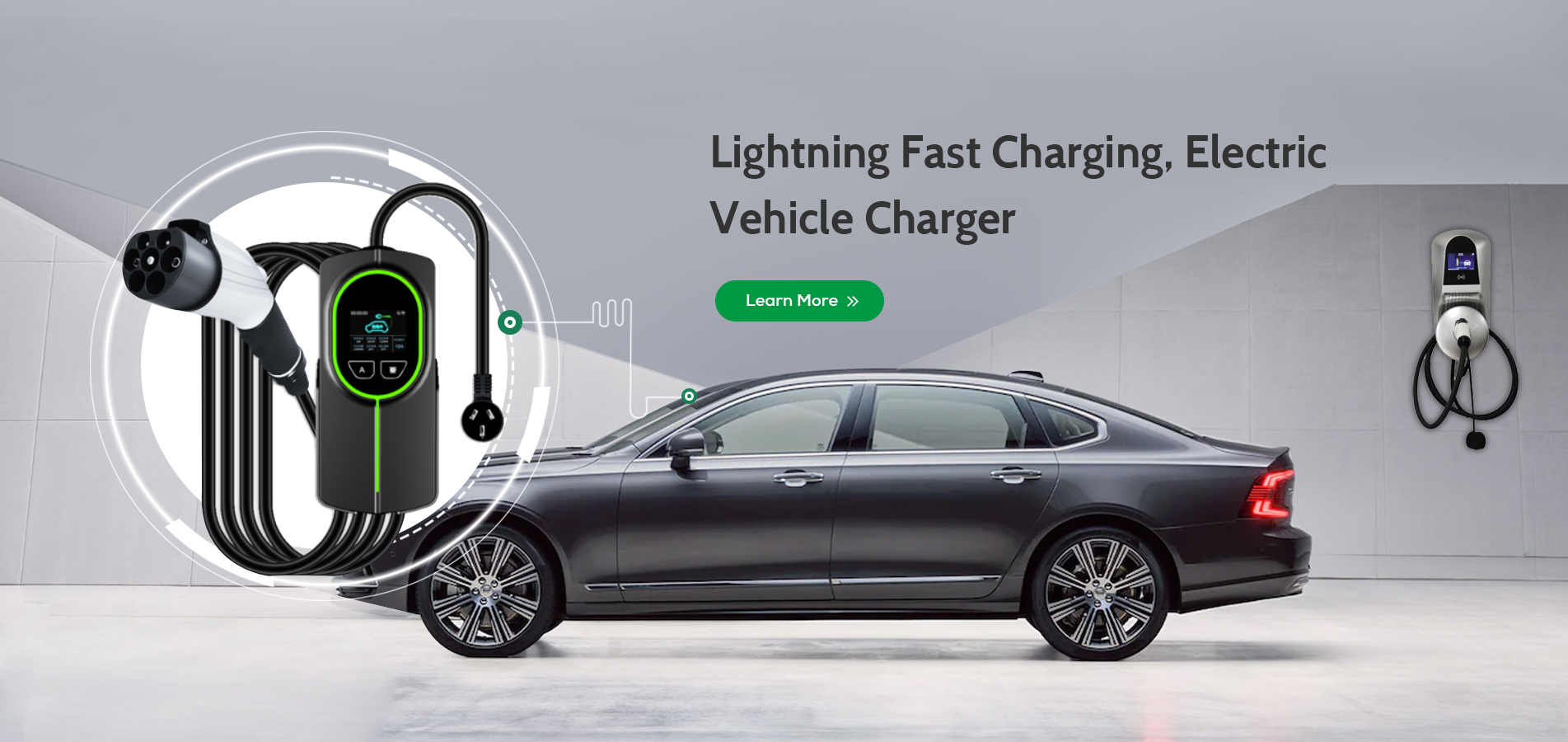
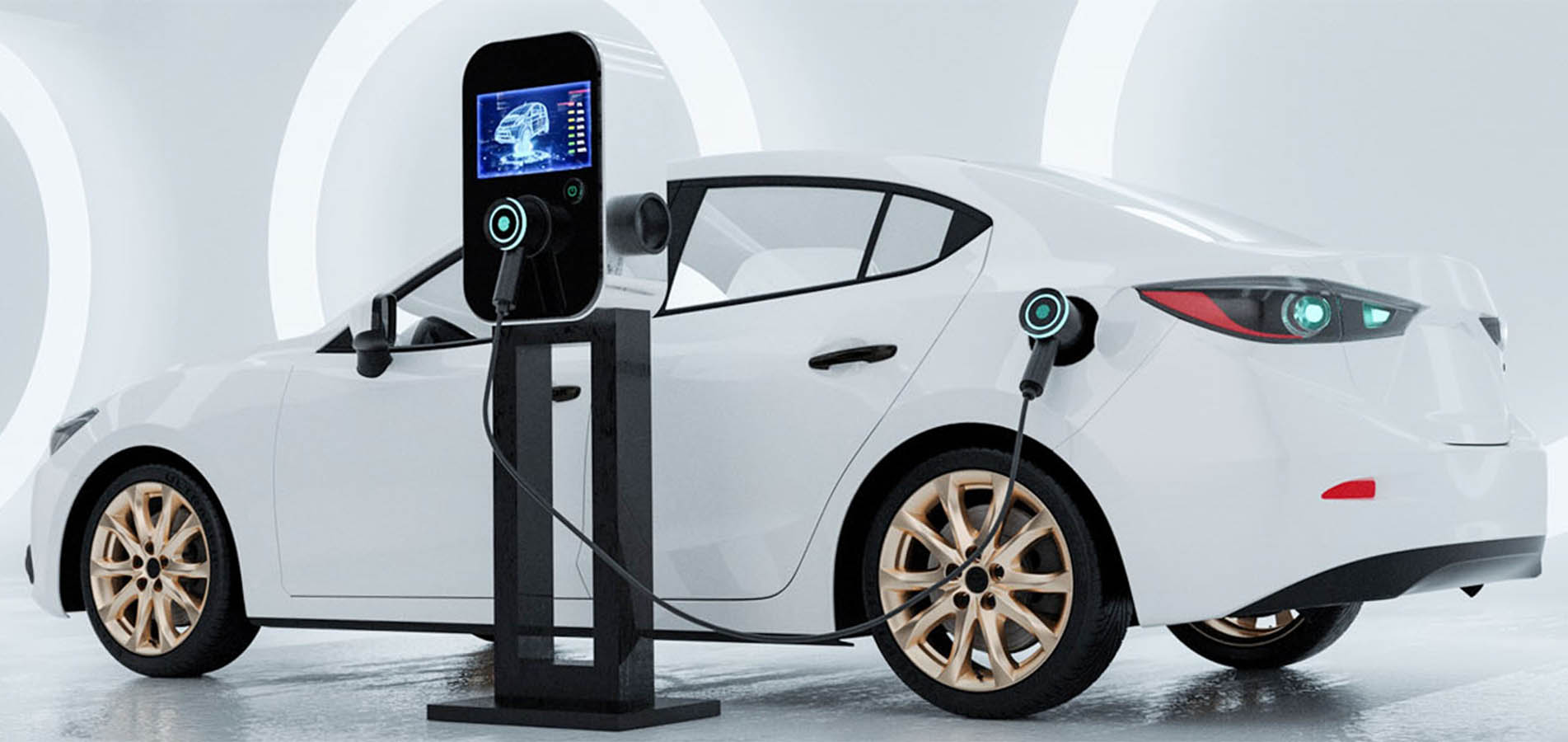
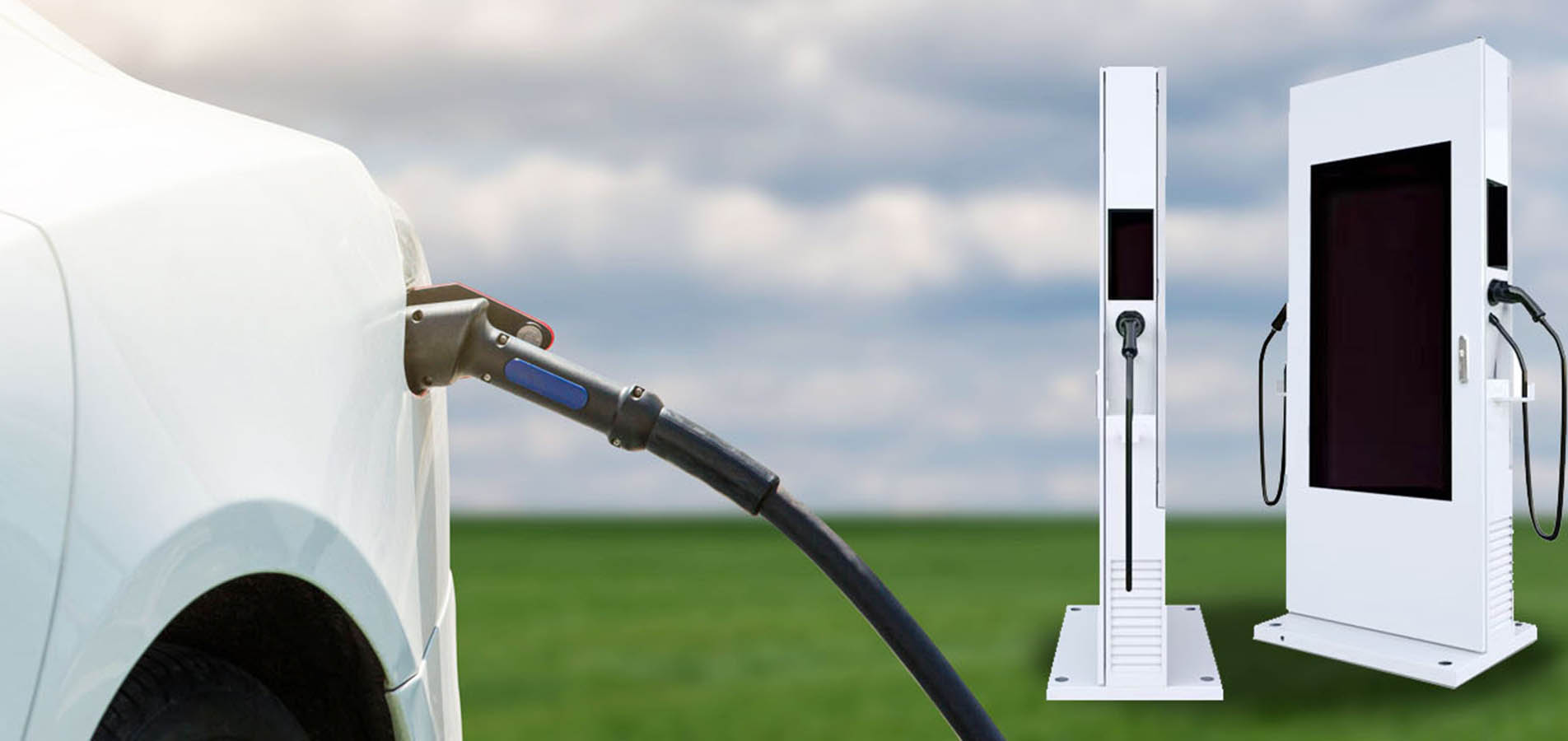
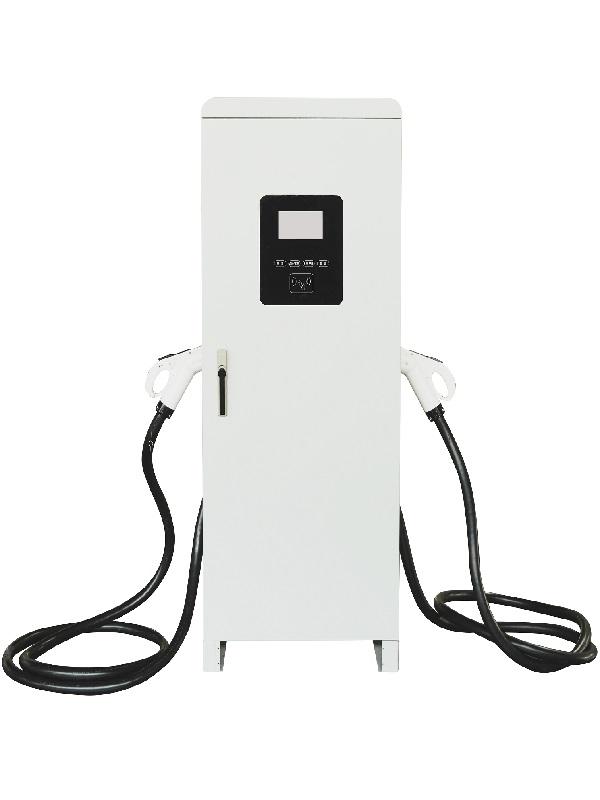
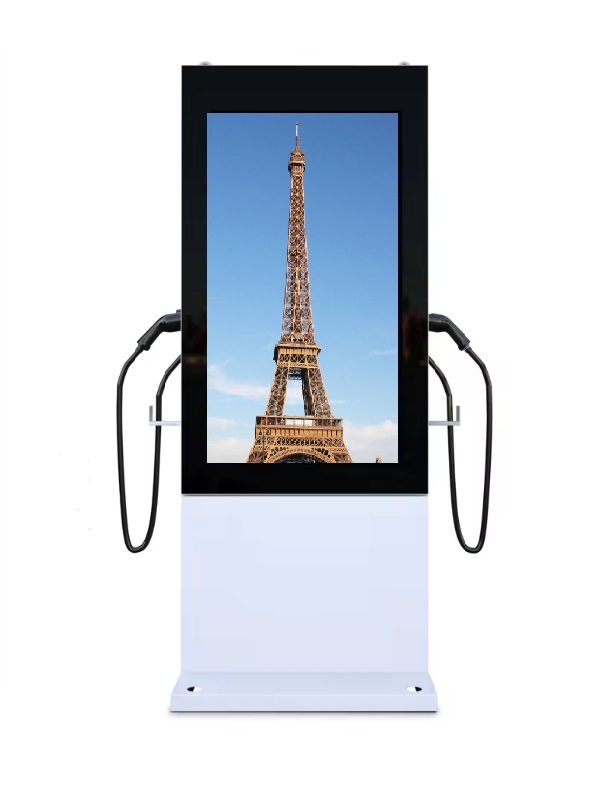
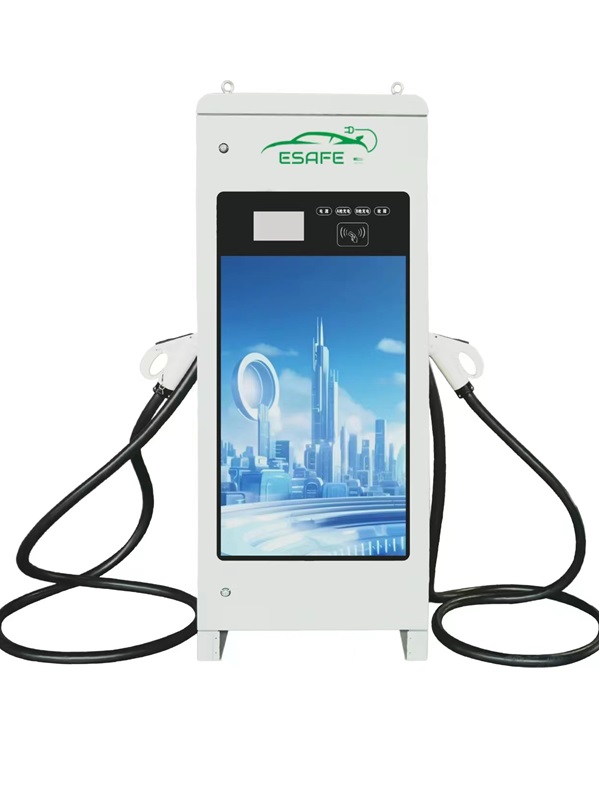
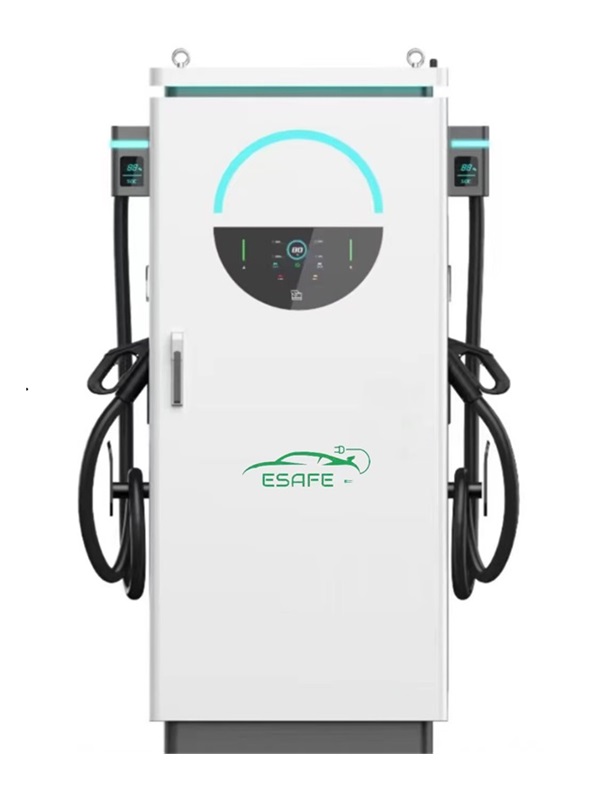

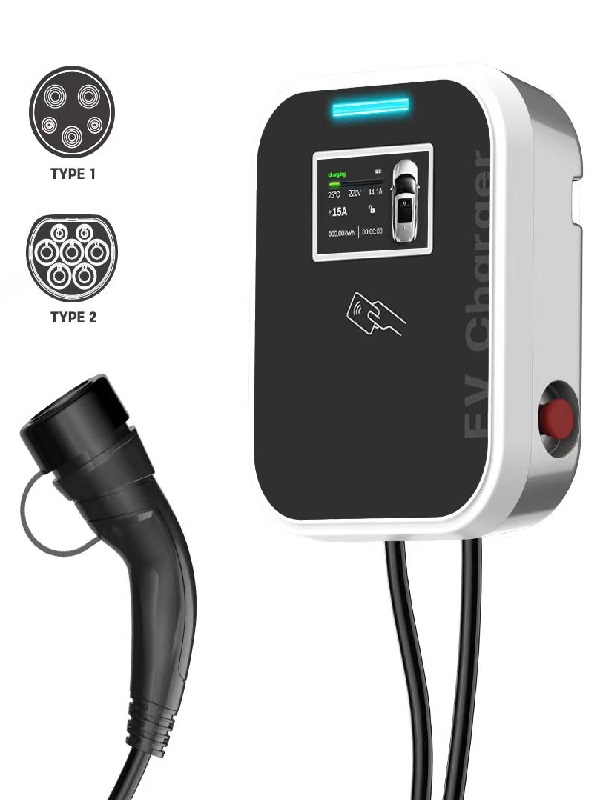
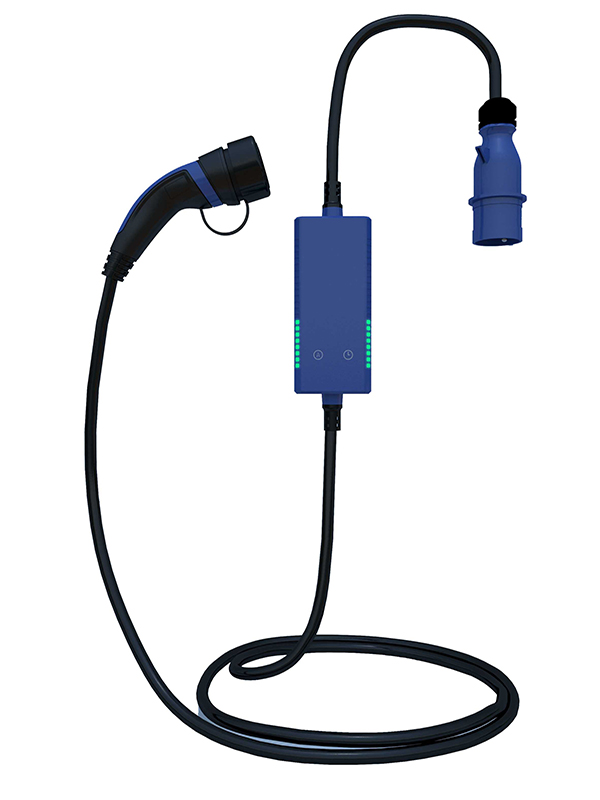
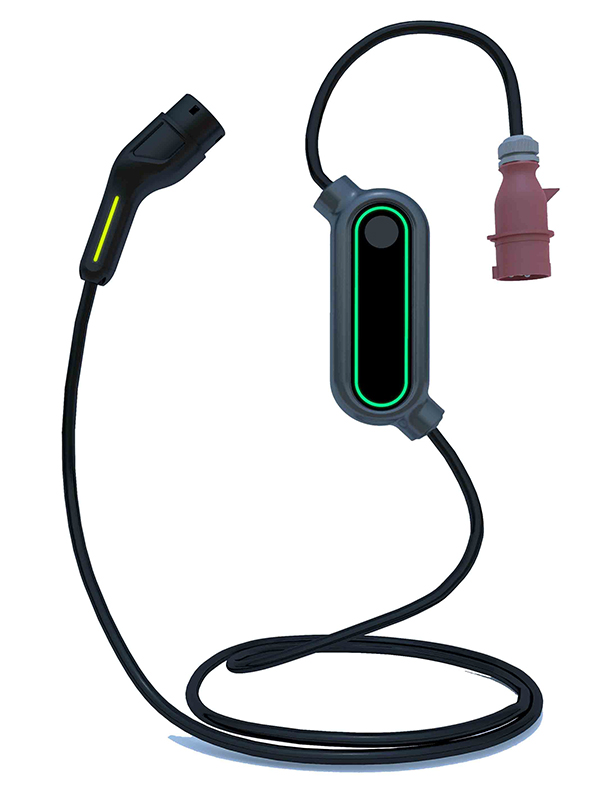


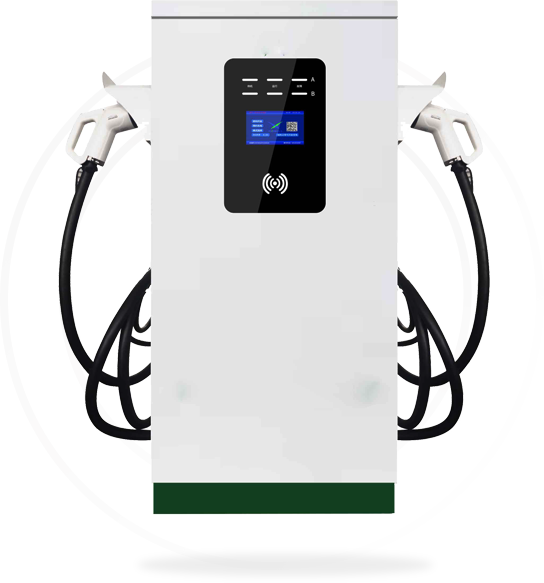
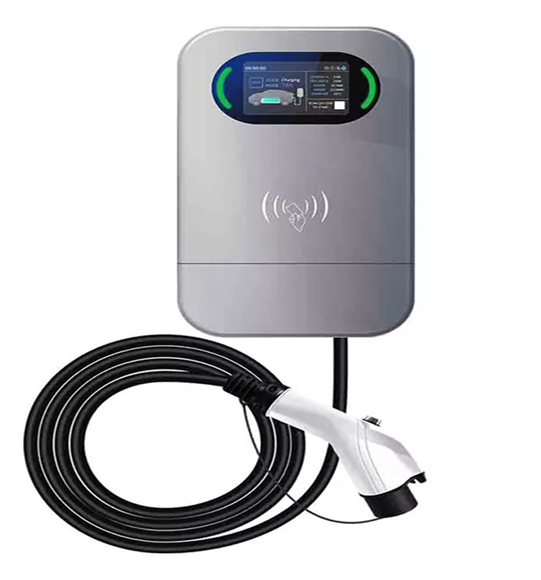
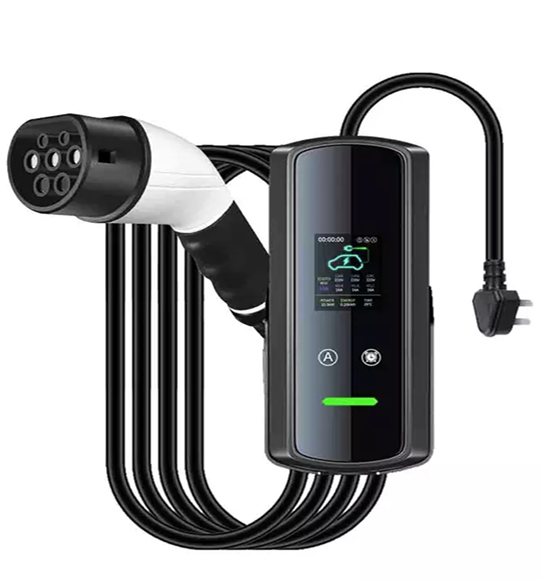
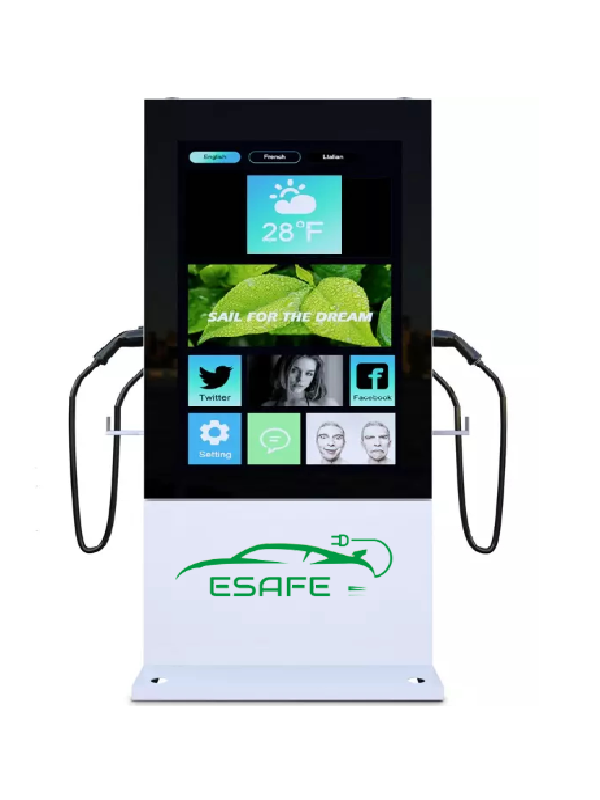
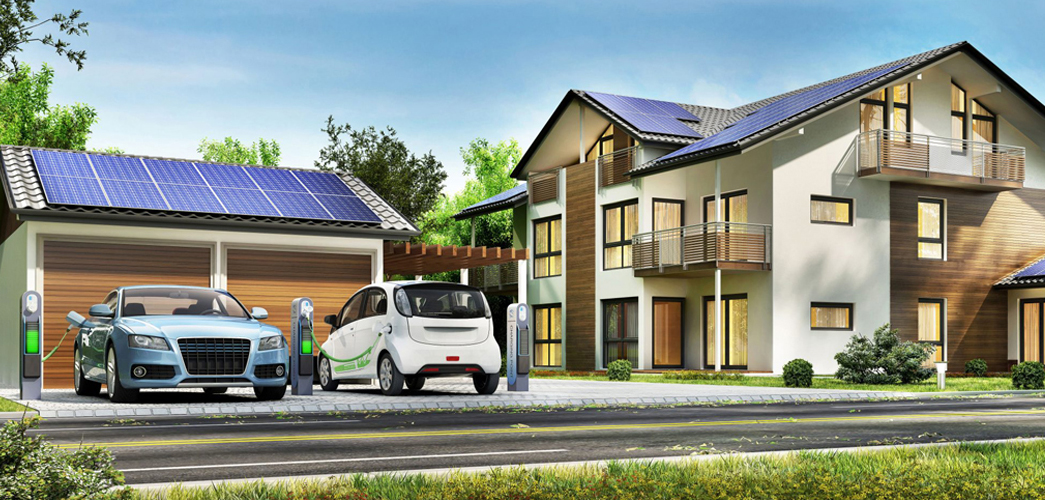
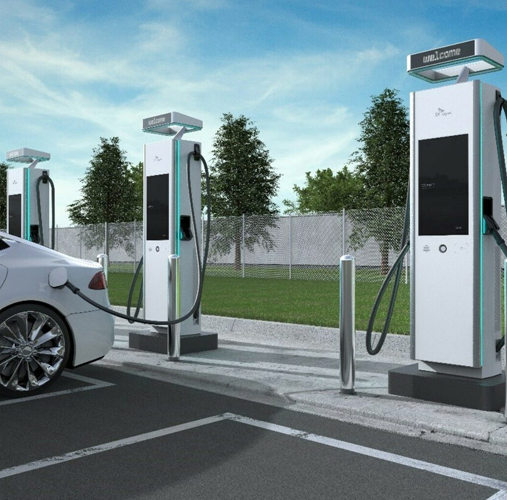
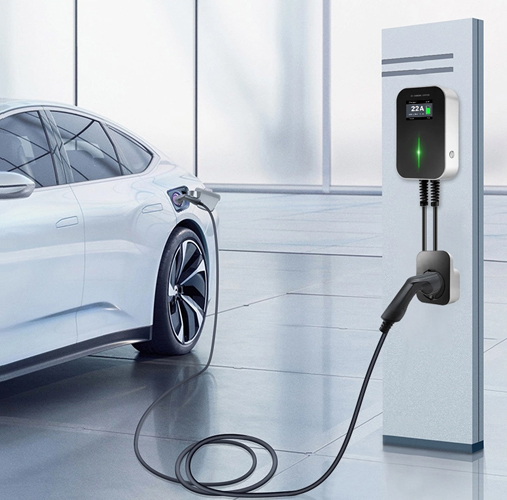
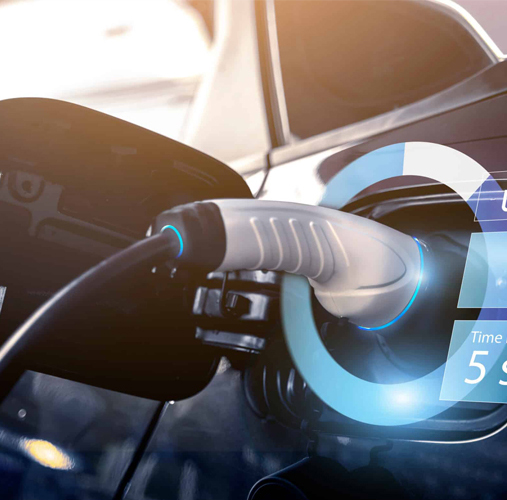

 Mar 10, 2023
Mar 10, 2023